Deck & Commander Strategies
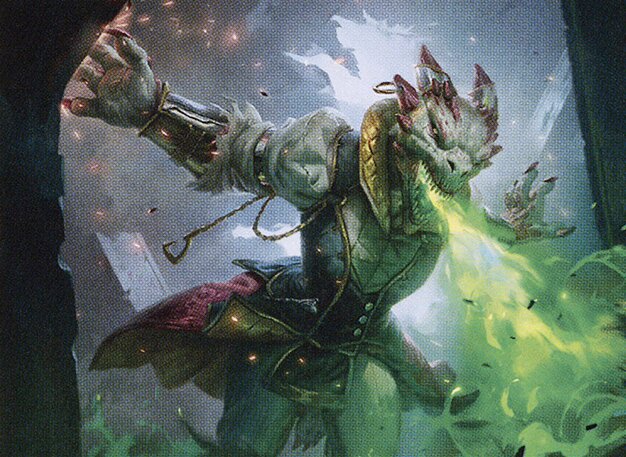
Ognis, the Dragon's Lash
Generate and use treasure tokens to fuel powerful spells and combat steps, aiming for value and potentially multiple attacks, but avoiding infinite combos.

Go-Shintai of Life's Origin
Trigger shrine enchantment synergies to gain incremental advantages, using defensive enchantments to survive early aggression and stabilize the board.
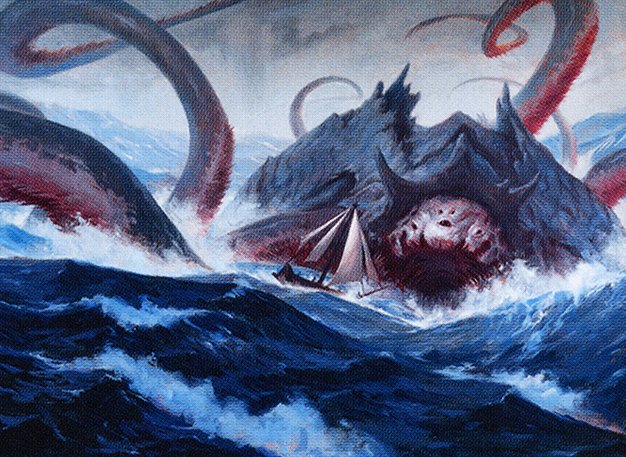
Gyruda, Doom of Depths
Mill cards from opponents' decks to leverage sea creature tribal synergies, generating value and board presence through sea monsters and synergistic creatures.
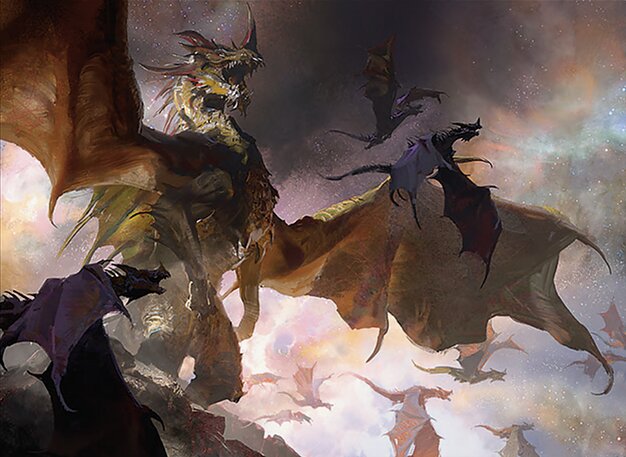
The Ur-Dragon
Create numerous dragon tokens and use dragon tribal synergies to overwhelm opponents with wide attacks, focusing on token generation and tribal payoffs.
Gameplay Insights
- 1
Gyruda's milling ability quickly accelerated the deployment of sea creatures, creating early board presence and pressure on opponents.
- 2
The Ur-Dragon deck's token generation combined with dragon tribal payoff cards created a multi-step synergy aiming to overwhelm with wide attacks.
- 3
The shrine deck's reliance on triggering shrine enchantments required careful defense and mana fixing to reach impactful turns.
- 4
Ognis's treasure generation was intended to fuel powerful combat steps, but executing this plan was challenging due to mana flood and game pace.
- 5
Use of cards like Mirrorhall Mimic showed creative synergy with Gyruda's milling and sea creature tribal strategy.
Notable Cards
-
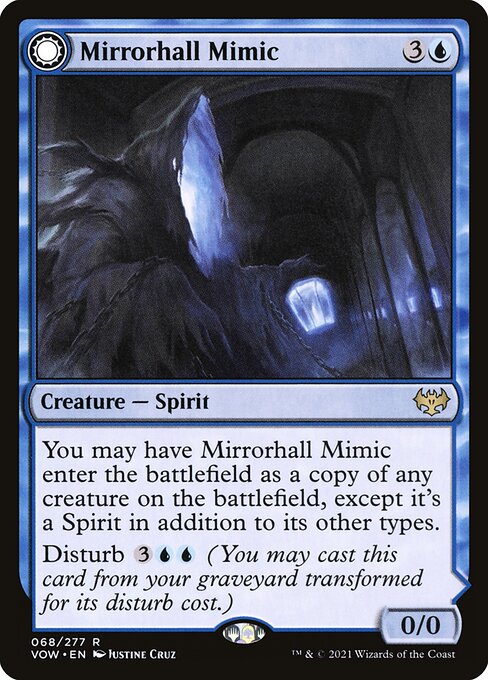
Mirrorhall Mimic // Ghastly Mimicry
-
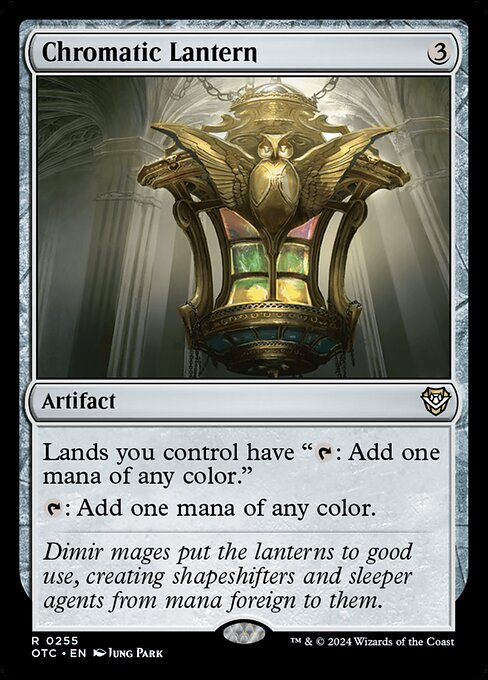
Chromatic Lantern
-
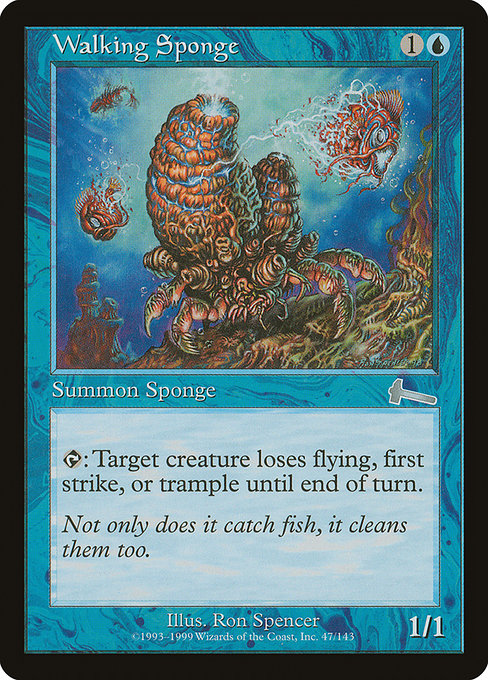
Walking Sponge
-
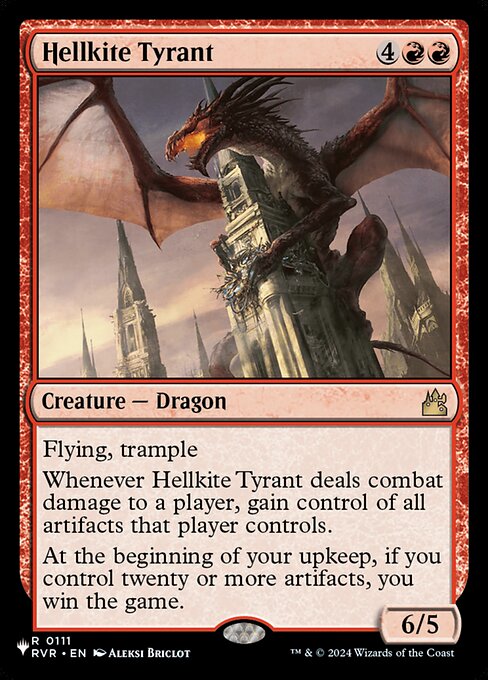
Hellkite Tyrant
-
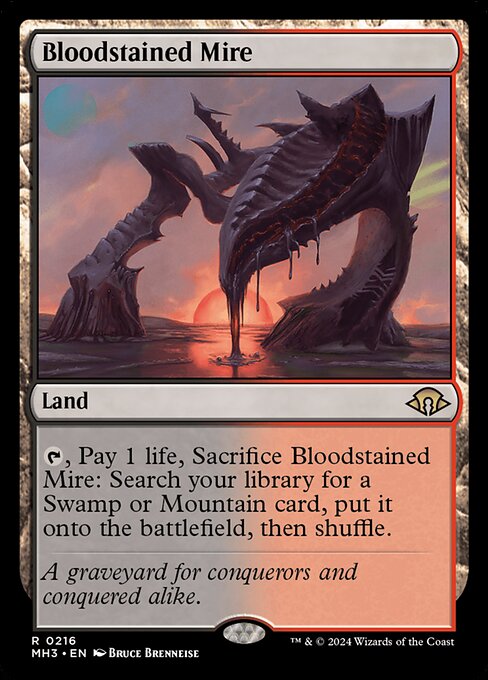
Bloodstained Mire
Gameplay Summary
The game started with all four players bringing back decks from previous matches where they underperformed, each aiming to showcase their deck's intended playstyle.
Richard piloted a treasure-centric Ognis, the Dragon's Lash deck focused on generating and utilizing treasure tokens for value and potential extra combat steps, though he cautioned he wasn't pursuing infinite combos this time.
Seth returned with a five-color shrine deck led by Go-Shintai of Life's Origin, aiming to trigger shrine enchantment synergies and stabilize with defensive options.
Phil ran Gyruda, Doom of Depths, a sea creature tribal deck with a focus on milling and leveraging sea monster synergies, including new additions like Mirrorhall Mimic.
Homer brought The Ur-Dragon deck, centered on creating numerous dragon tokens to overwhelm opponents with tribal synergies and wide attacks. Early gameplay featured rapid ramping and board development, with Gyruda quickly milling and deploying sea creatures, while The Ur-Dragon player focused on token generation and aggressive dragon tribal strategies.
The shrine deck struggled initially to find shrine triggers but aimed to stabilize with enchantment-based defenses.
Ognis sought to generate treasure tokens to fuel value plays and combat tricks but faced challenges in executing his full game plan.
Pivotal moments included Gyruda's milling synergy accelerating board presence and The Ur-Dragon's token production threatening a wide board, forcing opponents to respond.
The interplay between treasure generation, enchantment triggers, and milling sea creatures created dynamic pressure points, with each deck trying to leverage its unique strengths to control the board and push towards their respective win conditions.


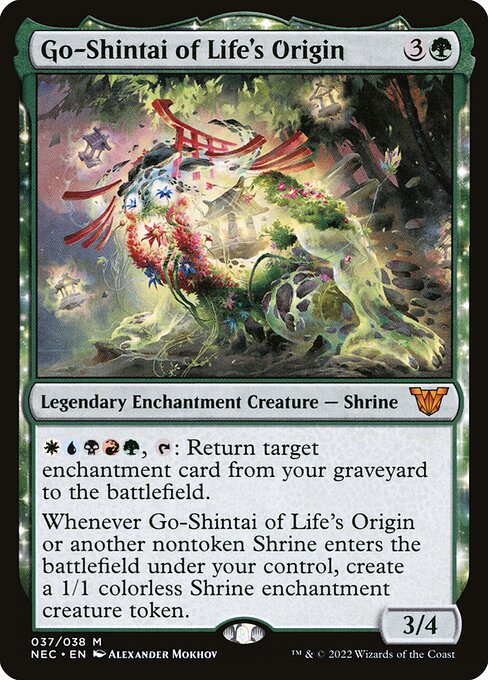














![Kaiju Attack! | EDH Commander Gameplay [Deutsch] | Salt Wars #04 thumbnail](https://i.ytimg.com/vi/bblvmh2WnWw/sddefault.jpg)















![Commander Randomizer Part 2 [Commander VS 316] | Magic: the Gathering Commander Gameplay thumbnail](https://i.ytimg.com/vi/okRK1jVYfno/sddefault.jpg)


![More Streets of New Capenna [Commander VS 289] | Magic: the Gathering Commander Gameplay thumbnail](https://i.ytimg.com/vi/77jT1j7598Q/sddefault.jpg)







